Disclosure: This article contains affiliate links. We may earn a commission from purchases at no extra cost to you, which helps our travel content.
Standing beneath the towering magnolias at Barrington Hall, I couldn't help but see parallels between my work mapping celestial histories and the layered human stories embedded in Roswell's historic landscape. This charming Georgia town, just north of Atlanta, harbors a complex tapestry of antebellum prosperity, Civil War devastation, and remarkable resilience that most visitors completely overlook. As someone who typically studies how ancient civilizations interpreted the night sky, I found myself equally captivated by how Roswell's past continues to echo through its preserved mills, plantation homes, and the whispered stories of those who once called this place home.
The Three Southern Estates: Windows into Antebellum Life
Roswell's historic district centers around three magnificent antebellum homes—Barrington Hall, Bulloch Hall, and Smith Plantation—each offering distinct perspectives on pre-Civil War Southern society. These aren't simply old houses; they're portals into a complex era.
Barrington Hall, with its perfect Greek Revival symmetry, was home to Barrington King, co-founder of Roswell. Walking through its meticulously preserved rooms and formal boxwood gardens, I found myself mentally cataloging the astronomical knowledge of the 1840s that would have informed the educated class of that period. The docent-led tour revealed fascinating details about daily life that no history guidebook could fully capture.
At Bulloch Hall, I discovered an unexpected connection to presidential history—this is where Mittie Bulloch, mother of President Theodore Roosevelt, was married. The docents share compelling stories about how this young woman's Southern upbringing influenced her famous son's perspectives.
Smith Plantation offered the most complete picture of plantation operations, with numerous outbuildings including slave quarters that don't shy away from addressing the brutal institution that underpinned the region's economy. Before visiting these sites, I'd recommend reading up on Georgia's antebellum period with a comprehensive Civil War history book to appreciate the full historical context of what you're seeing.
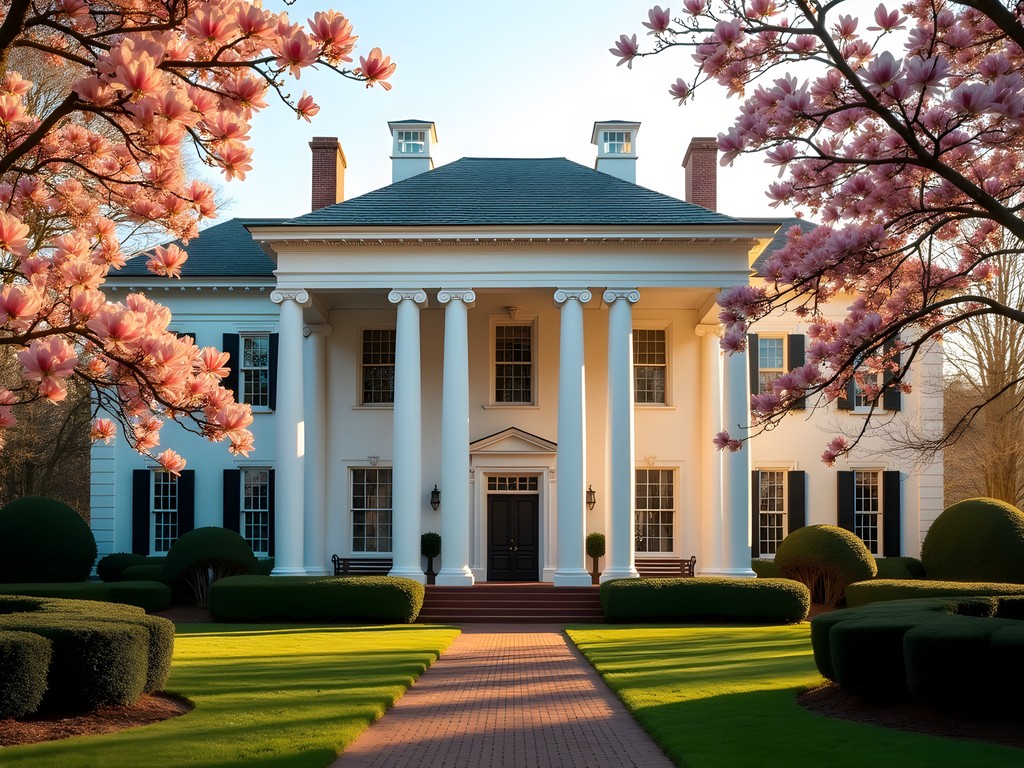
💡 Pro Tips
- Purchase the Southern Trilogy Pass for access to all three historic homes at a discount
- Allow at least 1-2 hours for each home tour
- Check websites in advance as special events sometimes restrict regular touring hours
Roswell Mill: The Industrial Heart of the South
The ruins of Roswell Manufacturing Company along Vickery Creek (now part of the Chattahoochee River National Recreation Area) tell a fascinating story of Southern industrialization that contradicts simplified narratives about the antebellum economy. As someone who studies how ancient civilizations harnessed natural forces to track celestial movements, I was particularly struck by how the mill's founders engineered an impressive system of dams and spillways to power their textile operations.
The mill's history took a dramatic turn during the Civil War when Union forces discovered it was producing cloth for Confederate uniforms. What happened next reveals the often-overlooked human cost of war: General Sherman ordered the arrest of 400 mill workers—mostly women and children—who were charged with treason and deported north, many never to return. This event, known as the 'Roswell Mill Workers Deportation,' stands as one of the war's most troubling civilian incidents.
Today, hiking the trails around the mill ruins provides both natural beauty and historical perspective. I spent hours photographing the remaining structures with my travel camera, trying to capture how nature is slowly reclaiming these industrial remains. The covered pedestrian bridge offers excellent vantage points, while interpretive signs help visitors understand the significance of what they're seeing.
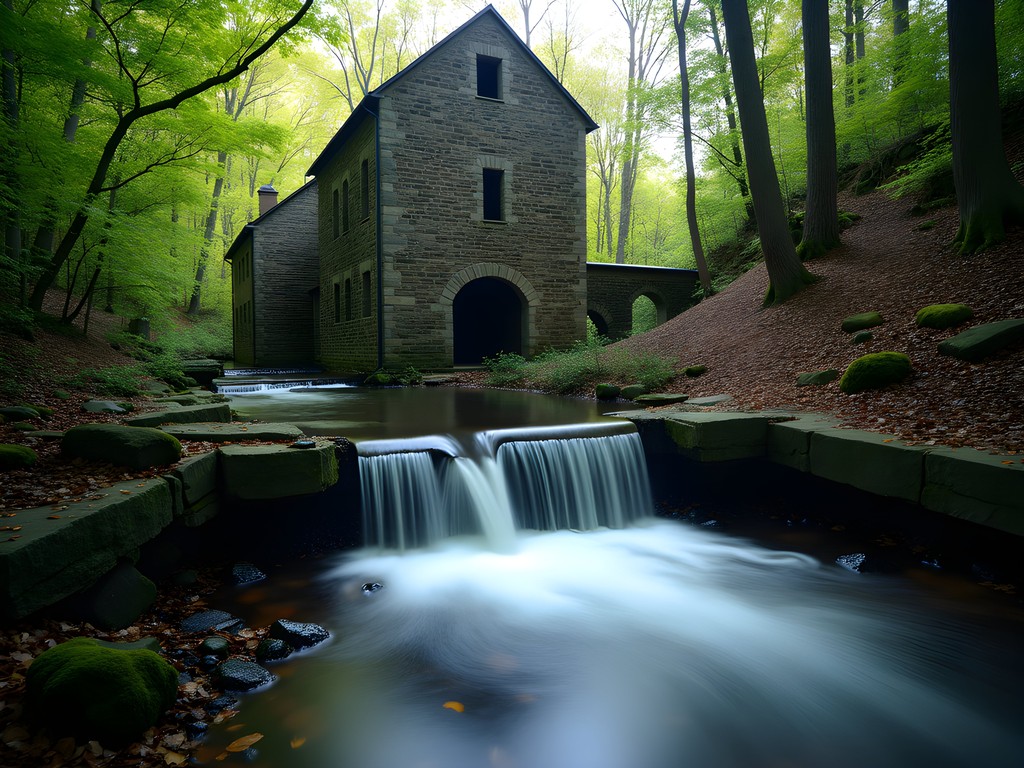
💡 Pro Tips
- Wear sturdy shoes as trails around the mill can be uneven and sometimes muddy after rain
- Visit early morning for the best photography light and fewer crowds
- Download the Roswell Mills historical guide from the city website before your visit for deeper context
The Southern Distilling Company & Roswell's Hidden Fermentation History
My fascination with fermentation processes led me to discover one of Roswell's least-known historical threads—its once-thriving distilling industry. Before prohibition, the Southern Distilling Company operated one of the largest distilleries in the Southeast right here in Roswell. Though the original buildings are long gone, the legacy lives on in the recently established Gate City Brewing Company, which has revived the local craft beverage tradition in the historic district.
What particularly interested me was learning how closely intertwined the distilling operations were with the agricultural rhythms of the surrounding plantations. The same families who owned the grand homes often had financial interests in these industrial ventures, creating an economic ecosystem that supported the town's growth.
During my visit, I joined a local food historian for a specialized tour focused on historic Southern foodways. We explored how fermentation played a crucial role in food preservation before refrigeration, from the pickling traditions in plantation kitchens to the beer cellars that kept beverages cool. I documented the experience in my travel journal, which has become an invaluable companion for recording these intersections of science and culture I encounter during my travels.
For those interested in this aspect of Roswell's history, I recommend visiting during one of the periodic 'Taste of Roswell History' events when local establishments serve historically-inspired dishes and drinks.
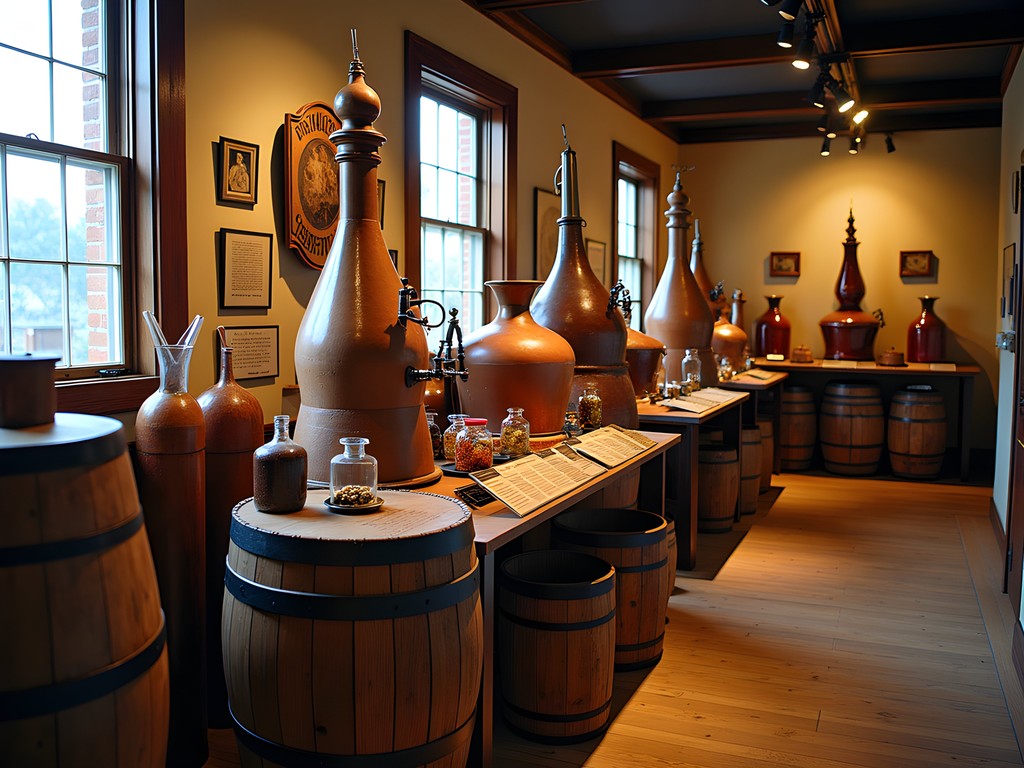
💡 Pro Tips
- Visit Gate City Brewing to taste modern interpretations of historic brewing traditions
- Check the Roswell Historical Society calendar for special culinary history events
- The Roswell Farmers Market often features vendors using traditional preservation methods worth exploring
Roswell Confederate Cemetery: Stories Written in Stone
As an astronomer accustomed to reading the stories of ancient peoples through their celestial monuments, I found the Roswell Confederate Cemetery to be a similarly profound text—albeit one written in stone rather than stars. This small burial ground contains approximately 300 Confederate soldiers, most in unmarked graves, their individual identities lost but their collective sacrifice preserved.
What struck me most was learning about how the cemetery came to be. Following the Civil War, it was the women of Roswell who formed the Roswell Chapter of the United Daughters of the Confederacy to ensure these soldiers—many of whom died in a makeshift hospital nearby—would have a proper resting place. Their efforts represent a poignant example of how communities process trauma and preserve memory.
Visiting at dusk with my headlamp (which proved invaluable as darkness fell faster than I expected), I was able to carefully examine the weathered inscriptions that remain. The cemetery is particularly moving in spring when dogwoods bloom among the gravestones, creating a scene of surprising beauty amid somber reflection.
It's important to approach this site with historical perspective—these monuments exist within the complex legacy of how the Civil War has been remembered and memorialized across different eras. The cemetery offers a chance to contemplate not just the war itself, but how subsequent generations have chosen to commemorate it.
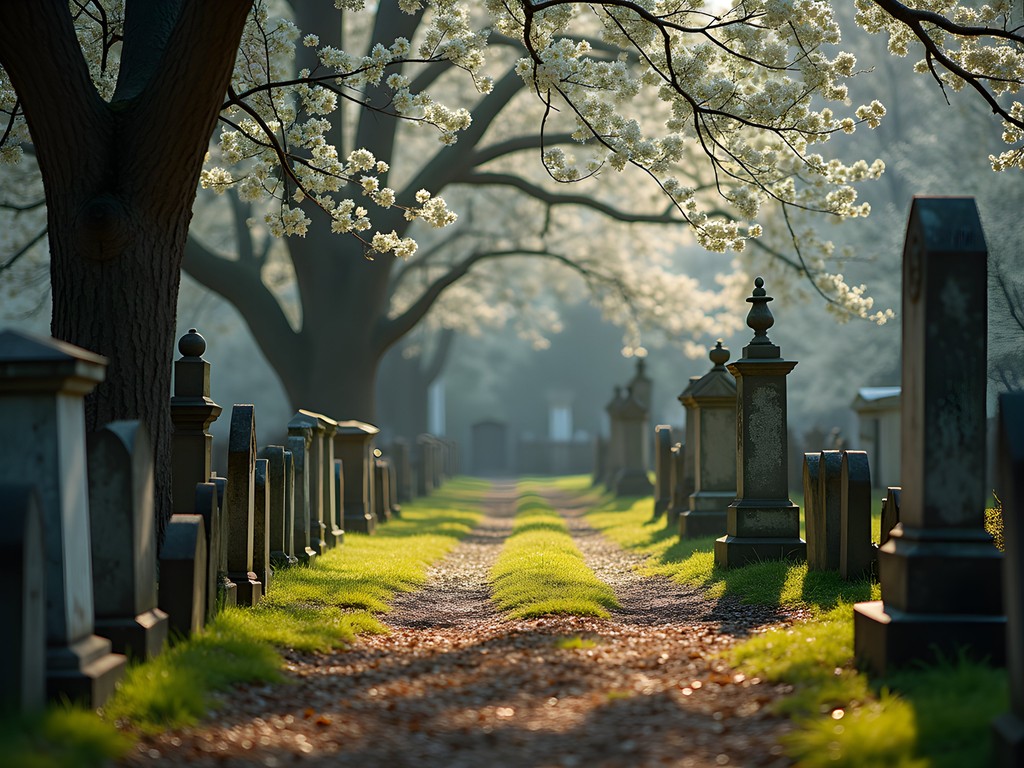
💡 Pro Tips
- Visit during daylight hours as the cemetery has limited lighting
- Look for the informational markers that provide historical context about the site's creation
- Combine with a visit to nearby Founders Cemetery for a more complete understanding of Roswell's historical timeline
Tracing the Path of Sherman's March Through Roswell
For history enthusiasts seeking to understand the Civil War's impact on the South, following General Sherman's path through Roswell offers powerful insights that go beyond what most tourists experience. Armed with my historical atlas and a locally-published walking guide, I spent a day tracing the route Union forces took as they entered Roswell in July 1864.
The experience was illuminating. While Sherman famously burned much of Atlanta, his forces largely spared Roswell's buildings—not out of mercy, but because many were claimed by northern sympathizers or foreign nationals. The Roswell Presbyterian Church, for instance, was saved when a quick-thinking congregant raised a French flag, falsely claiming foreign ownership.
What wasn't spared was the economic foundation of the town. Beyond the mill workers' deportation I mentioned earlier, Union troops systematically dismantled industrial equipment, seized foodstuffs and livestock, and effectively ended Roswell's prosperity for decades to come. Standing at the river crossing where Union troops first arrived, I couldn't help but reflect on how quickly a community's fortunes can change during conflict.
For those interested in this aspect of Roswell's history, the local historical society offers occasional guided tours focused specifically on the Civil War period. These are worth timing your visit around, as the guides often share primary source accounts that bring the events vividly to life.
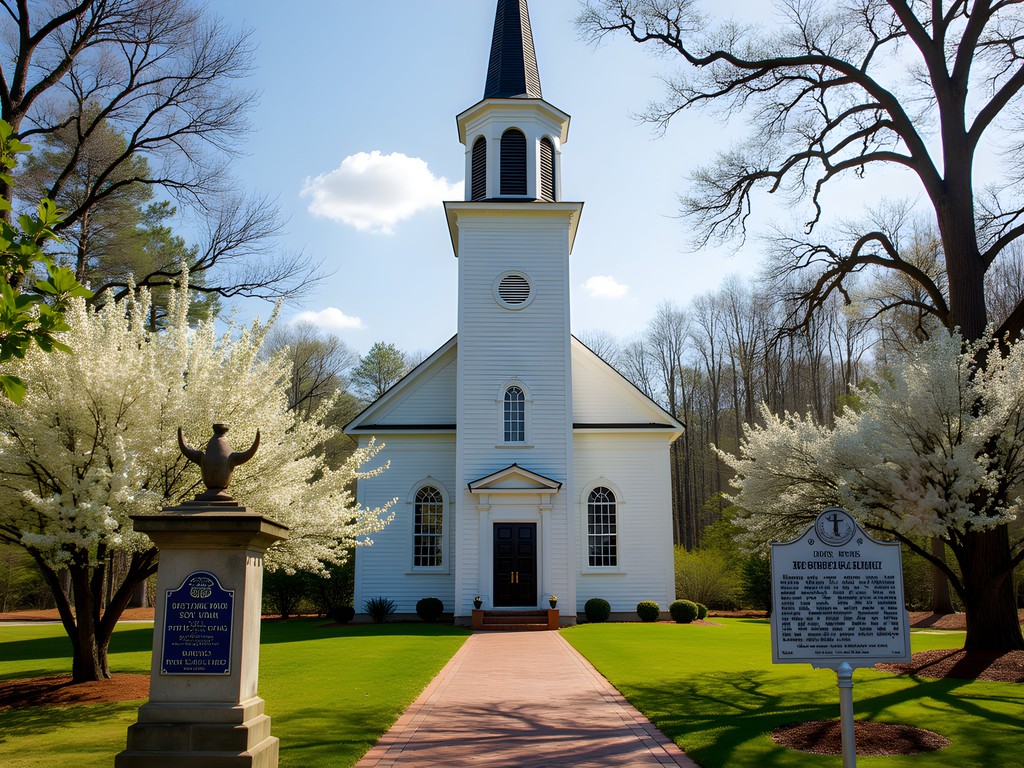
💡 Pro Tips
- The Roswell Visitors Center offers an excellent map marking key Civil War sites throughout town
- Read some of the soldiers' letters and diaries (available online through the Roswell Historical Society) before your visit for personal perspectives
- Visit Sloan Street and the mill worker homes to understand the civilian experience during occupation
Final Thoughts
As an astronomer accustomed to contemplating vast celestial histories, I've found that terrestrial histories like Roswell's can be equally profound when we look beyond surface appearances. This charming town with its boutique-lined Canton Street initially presents as just another affluent Atlanta suburb, but scratch beneath that polished veneer and you'll find a community shaped by dramatic historical forces—from the wealth of the cotton economy to the devastation of war and the long struggle of reconstruction.
What makes Roswell particularly worth exploring is how these layers remain accessible if you know where to look. Unlike many historic destinations that segregate their past into carefully curated museum experiences, here history is integrated into the living fabric of the community. The same buildings that once housed mill workers now contain cafés where you can reflect on what you've learned.
I encourage you to visit with an open mind and a willingness to see beyond simplified narratives. Roswell's history, like all history, contains contradictions and complexities that resist easy categorization. By engaging thoughtfully with this past—acknowledging both achievement and injustice—we gain insights not just into this specific place, but into the broader American experience that continues to shape our present.
✨ Key Takeaways
- Roswell's three historic homes offer distinct perspectives on antebellum Southern society
- The mill ruins and worker deportation story reveal the often-overlooked industrial history of the South
- The town's Civil War experience demonstrates how communities preserve and process difficult histories
- Spring offers the most visually stunning experience of Roswell's historic sites
- Beyond the popular shopping district lies a complex historical landscape worth exploring
📋 Practical Information
Best Time to Visit
Spring (March-May) when gardens bloom and temperatures are moderate
Budget Estimate
$150-250 per day including accommodations, meals, and tours
Recommended Duration
2-3 days for thorough exploration
Difficulty Level
Moderate (Involves Walking On Uneven Terrain And Stairs At Historic Sites)

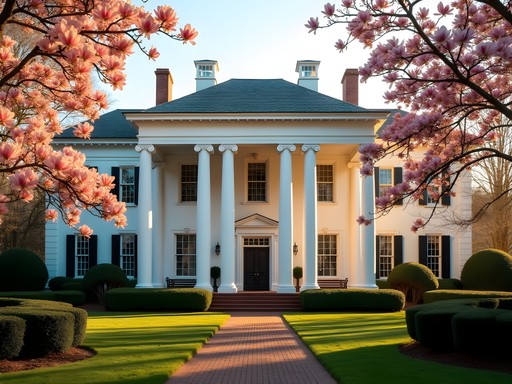












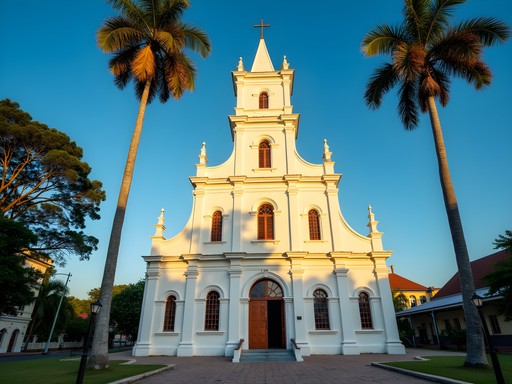
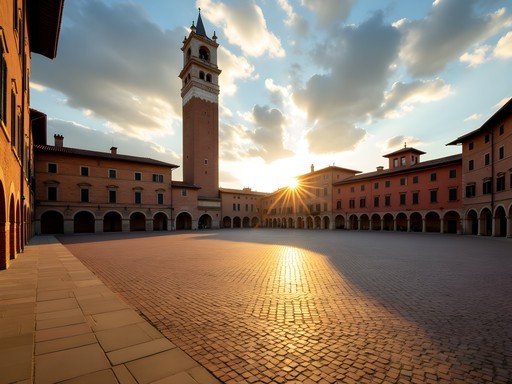
Comments
journeylife2054
Just got back from Roswell last weekend after reading your post! The Confederate Cemetery was much more moving than I expected. Those handwritten letters they display from soldiers to their families... heartbreaking regardless of which side they fought for. The Mill ruins were fascinating too, though I wish there was more information about the women workers who were sent north. That story deserves more attention. If anyone's planning a visit, the weekend guided tours are definitely worth the extra $5.
dreamguy
The Southern Distilling Company section caught my eye! I had no idea Roswell had such a rich brewing history. Are there any modern distilleries or breweries in the area that carry on that tradition? Might add that to my itinerary when I visit next month.
Frank Garcia
Interesting piece on Roswell's historical narrative, Giovanni. While you've captured the architectural grandeur and industrial significance well, I'm curious about how these sites address the more troubling aspects of antebellum history. During my research travels through Southern historical sites, I've noticed varying degrees of transparency regarding slavery and its central role in these estates' prosperity. Did you find Roswell's historical presentations forthcoming about this aspect? I've been using the walking guide which offers some excellent context on how to approach these complex histories with appropriate sensitivity.
journeylife2054
This is such an important point, Frank. I visited several plantations in Louisiana last year and was shocked at how differently each one addressed (or completely ignored) slavery's role.
wintermood
Did you get to try any restaurants in Roswell's historic district? Heading there next month and looking for recommendations!
Giovanni Murphy
Table & Main on Canton Street was my favorite - amazing Southern food in a historic cottage. Also loved the patio at Variant Brewing if you're into craft beer!
waveninja
Great post! How much time would you recommend for visiting all these historical sites in Roswell? Is it doable in a day?
dreamguy
Not the author, but I did it in a day last year. It was rushed though. Two days would be ideal to really soak it all in.
waveninja
Thanks for the tip! Guess I'll plan for a weekend then.
Casey Andersson
Giovanni, your post transported me back to my visit to Roswell last spring! The way you described those three antebellum estates was spot on. Bulloch Hall was my personal favorite - the docent there shared the most fascinating stories about Theodore Roosevelt's connections. I found myself lingering in the gardens much longer than planned, sketching the architecture while sipping sweet tea from a local café. Did you get a chance to visit the teaching garden behind Smith Plantation? It's a hidden gem that showcases the herbs and plants that would have been essential to daily life back then.
journeylife2054
Casey, which of the three estates would you recommend if someone only has time for one? Planning a quick weekend trip in October.
Casey Andersson
I'd say Barrington Hall gives you the most comprehensive experience if you're short on time. The docents are excellent and the restored gardens are stunning in autumn. Try to catch one of their special tours if available!
skyseeker
Love how you connected your astronomy background to historical exploration! Such a unique perspective on Roswell.
Taylor Moreau
Giovanni, your perspective as an astronomer brings a refreshing angle to historical travel writing. I frequently visit the American South for business and make it a point to explore historical sites between meetings. For those interested in expanding their Civil War heritage exploration beyond Roswell, I would recommend continuing to Kennesaw Mountain Battlefield Park (about 30 minutes west) and the Atlanta History Center which houses the restored Cyclorama. The juxtaposition of Roswell's preserved antebellum estates against Atlanta's near-complete destruction during the war provides important context for understanding the region's complex history.
wintermood
Is Kennesaw Mountain good for hiking too, or mainly historical interest?
Taylor Moreau
@wintermood It offers excellent hiking with several trail options ranging from easy to moderate. The main mountain trail is quite steep but rewards you with panoramic views of Atlanta and the surrounding battlefields. Bring water and comfortable shoes.
moonwanderer
Love the astronomy connection! History and stars - two of my favorite things.
coffeewanderer
Planning a trip to Atlanta area this fall. Is Roswell doable as a day trip from downtown? And are the historical sites within walking distance of each other?
escapeway
Definitely doable as a day trip! It's only about 30 mins from downtown Atlanta. The three main houses are walkable in the historic district, but you'll want a car to see the mill ruins and cemetery.
Giovanni Murphy
What @escapeway said is spot on. Also, if you're interested in the distillery history, book a tour in advance - they fill up quickly!
Venture X
Premium card with 2X miles, $300 travel credit, Priority Pass